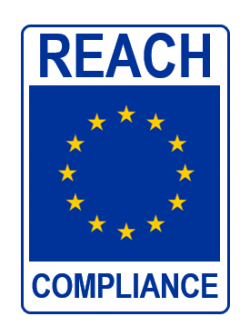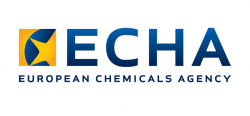REACH Regulation
REACH Regulation Overview
REACH stands for Registration, Evaluation, Authorisation, and Restriction of CHemicals.
Implemented in June 2007 to develop and enhance the previous legislative structure for chemicals in the EU countries. It has become one of the most composite and profound pieces of legislation. It is a Regulation, rather than a Directive.
Any company producing, importing, using or placing a substance, mixture or an article on the EU market is responsible for making sure they are compliant with the REACH Regulation. The legislation covers not only European producers, including chemical distributors, suppliers, and downstream users but also any EU companies importing products to the EU market.
The main objective of REACH is to protect the environment and human health from the risks possible from using chemicals. Furthermore, it demands the industry to establish and publicise the risks present whilst using chemicals.
The REACH initiated the European Chemical Agency (ECHA) which manages the registration, evaluation, authorisation, and restriction operations for chemical substances. Additionally, they ensure consistency across the countries in which REACH applies.
Registration
Registration is part of compliance, which is the most time-consuming and expensive. Usually, any organisation that produces or imports above 1 tonne of a chemical substance per year into the EU, needs to register with the above mentioned ECHA. However, there are exemptions to REACH Registration which may apply in cases where more demanding legislation is already in place.
Evaluation
In this part of compliance, the authorities inspect information submitted by organisations during the process of Registration. Evaluation concentrates on three main areas:
- Dossier evaluation
- Substance evaluation
- Examination of testing proposals
Authorisation
Authorisation process for chemicals recognised as being a Substance of Very High Concern (SVHC) to the environment and human health. Firstly, SVHCs are placed on a ‘’Candidate List’’ and can afterwards be placed in Annex XIV – the Authorisation list. This means they cannot be positioned on the EU market or used unless the particular use of the exempted or approved by ECHA.
Annex XIV substances are also deliberated for replacement with ‘safer’ options. Importers, producers, and downstream users can apply for authorisation to use the substance on the list. Currently, there are over 40 substances on the Annex XIV list.
Restriction
Restriction process is used to ban or limit the produce, use or supply of substances with an impermissible level of risk. A substance doesn’t need to meet the SVHC criteria (mentioned above, in authorisation process) to be restricted and, once adopted, a restriction applies to all producers, distributors, retailers, downstream users, and importers. The process to ban a substance is complicated, it requires public consultations and also socio-economic analysis by the regulators.
SUMMARY
Every organisation engaged in manufacturing a product (in Europe), along with its supply chain is presumably affected by the REACH to some extent.
If you require additional information about our range of products and/or services, download our catalogue or contact a member of the team.
E & OE. M Barnwell Services endeavour to make sure that all content is correct. The information has been gathered from manufacturing partners.

